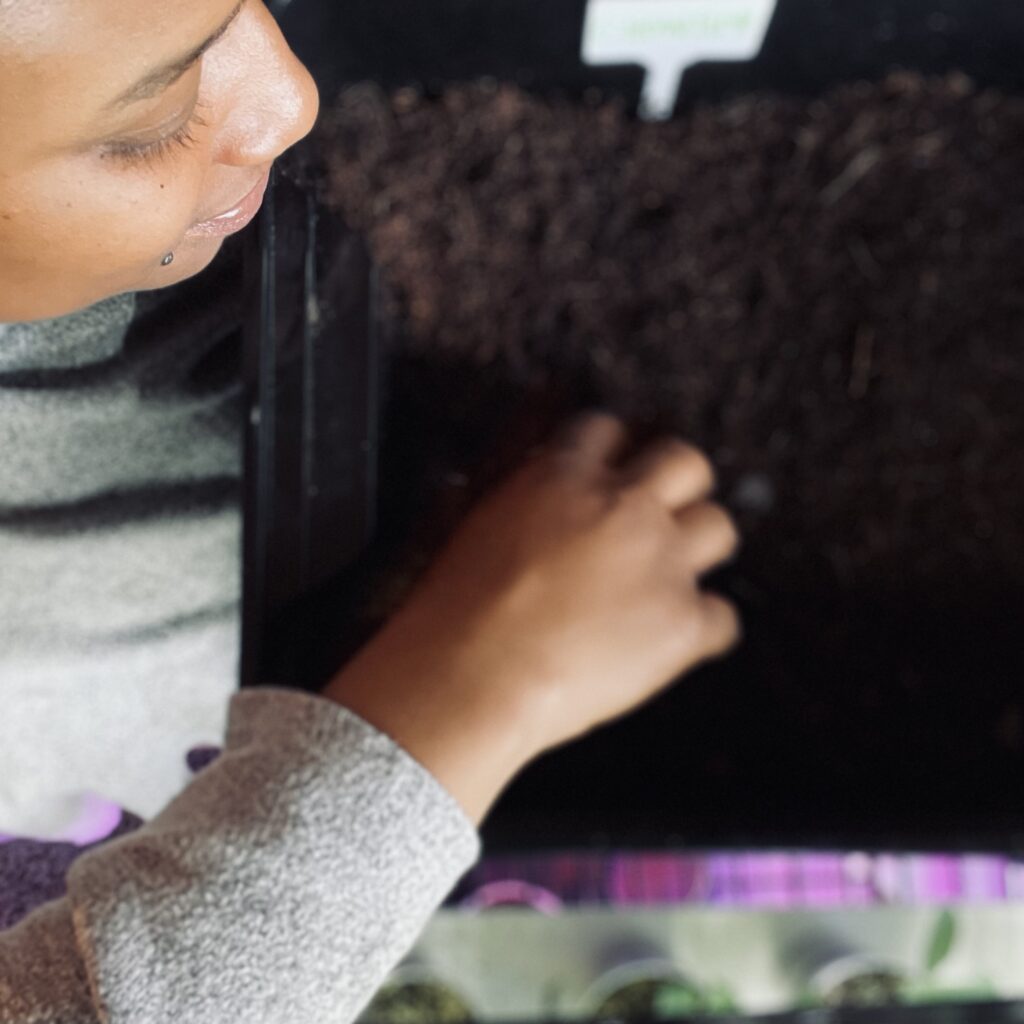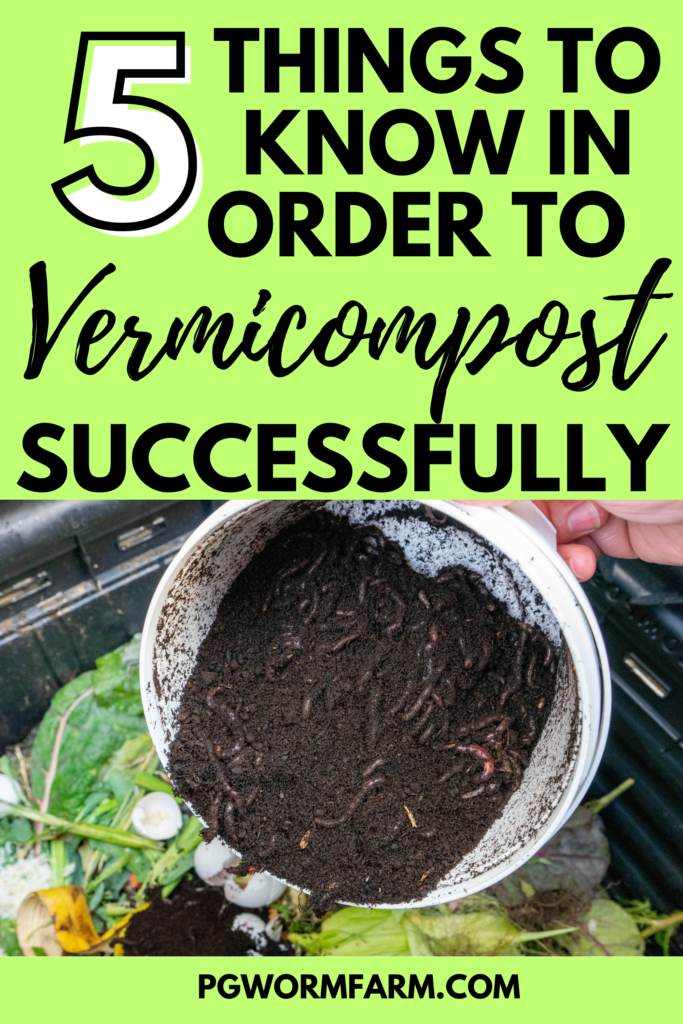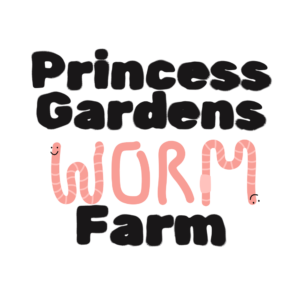
So you’ve been contemplating exploring the art and science of vermicomposting? First off I want to applaud you for researching before you get started. So; let’s dive into what it means to vermicompost, and explore all the ways it will benefit your life.
What is Vermicomposting?
Essentially, vermicomposting is the process of using worms (and their tiny neighbors) to aid in the decomposition of organic matter. The word vermin is derived from latin and means worm. Compost simply means a process used to breakdown organic matter. What is organic matter you ask?… Organic matter/material is anything that once had life. While organic all organic matter; yes even you, can be composted some material will work better for worms than others.
Where’s the best place for Vermicomposting?
One of the things I love most about vermicomposting is, anyone can do it anywhere and be successful. Unlike your typical compost pile, you don’t need much space to run a thriving system. In fact, one pound of red wiggler worms only needs one squarefoot; or five gallons, to process through 3.5 pounds of food waste in a week’s time. Vermicomposting can be done in any environment, depending on your climate you may want to consider a different worm type that will work best. If you grow to love the process, you can even grow this process into a business like I did. This process presents us with the opportunity to customise a system that fits our needs and experience level.

Get our ultimate vermicomposting guide free to start your journey off right!! This guide will take you step by step to help you build a successful vermicomposting system.
When’s the best time to start vermicomposting?
The beauty of working with worms is that you can start whenever you feel ready. As with all new endeavours, you should do your research. After all; when vermicomposting, you are working with living breathing organisms. Not just the worms, but the billions of organisms that will occupy your bin. Most of which you will never see unless you bust out a microscope. I will say; if you plan to set your system up outside, you will want to be mindful of the season/ weather. I suggest starting your bins early spring or mid to late autumn. This will give your worms time to settle into their new home under more favorable conditions.
Red Wigglers are the true composters of the worm kingdom!
Why should we vermicompost?
As a worm farmer, people always ask why vermicomposting is so important. The average American sends 4 pounds of food waste to landfill every day. Vermicomposting offers us a simple way to divert that waste and lower our carbon footprint. In addition, this process allows us to close the loop. by diverting our kitchen scraps, we have food to feed our worms and our worms give us a biologically diverse, nutrient rich material that can help us in our journey towards organic gardening. If you are not someone that gardens or grow your own food, you may find several of the people in your community, but love to take your worms poop off your hands. They may even be willing to pay for it!

How to vermicompost?
If you are still here, you are likely wondering how to vermicompost. This process is really simple and while there are some considerations you will have to take into account when you are running your system, this process is very much user preference and learn as you go. While researching is very important, vermicomposting is best learned through hands-on experience.
The first step:
The first step on your journey will be to decide your bedding type and source. Next you will moisten your bedding and add it to your bin/bucket. Allow this to rest for about a week before adding your worms. If you don’t have a week to allow things to rest, you’ll want to be sure your bin has at least 24 hours time before adding your worms.
Helpful Note: Be sure to allow tap water to sit 24 hours before using it in your bin. This will allow chemicals time to burn off.
Next…
Once you have decided your bedding type/ mixture you’ll need to source your worms. Often times you can find worms locally. If for some reason you can’t (or you just want to support); we offer well loved, healthy, pure red wigglers to help you get started on your journey.
Then…
After adding your worms to their new home, you’ll want to give them a few days to settle in. You may also consider placing a light; yes, a desk lamp will do, over your bin. Worms like to explore, and may go on an adventure when things get dark at night. After a few days time, dig a trench in your bin and add your food waste. Be sure to take a peak at or Chow Time Chart to help you navigate the do’s and don’ts of feeding your worms. Sprinkle your kitchen scraps with eggshell powder or sand and cover it with at least 2 inches of bedding. The better your food waste is covered the less likely you are to have to worry about gnats, fruit, flies, and other pests like ants and roaches.
Vermicomposting is a simple process that allows us to utilize nature in order to better care for the planet. From a fun science project, to the perfect pet… worms have the potential to help us solve our food waste and perpetual food insecurity problem. Should you decide to embark on this journey, I encourage you to follow us on social media platforms and get involved in our active community of beginning and expert worm farmers.

